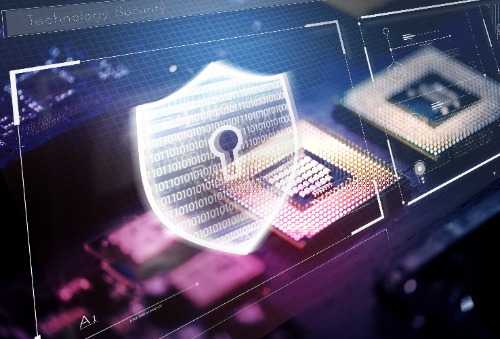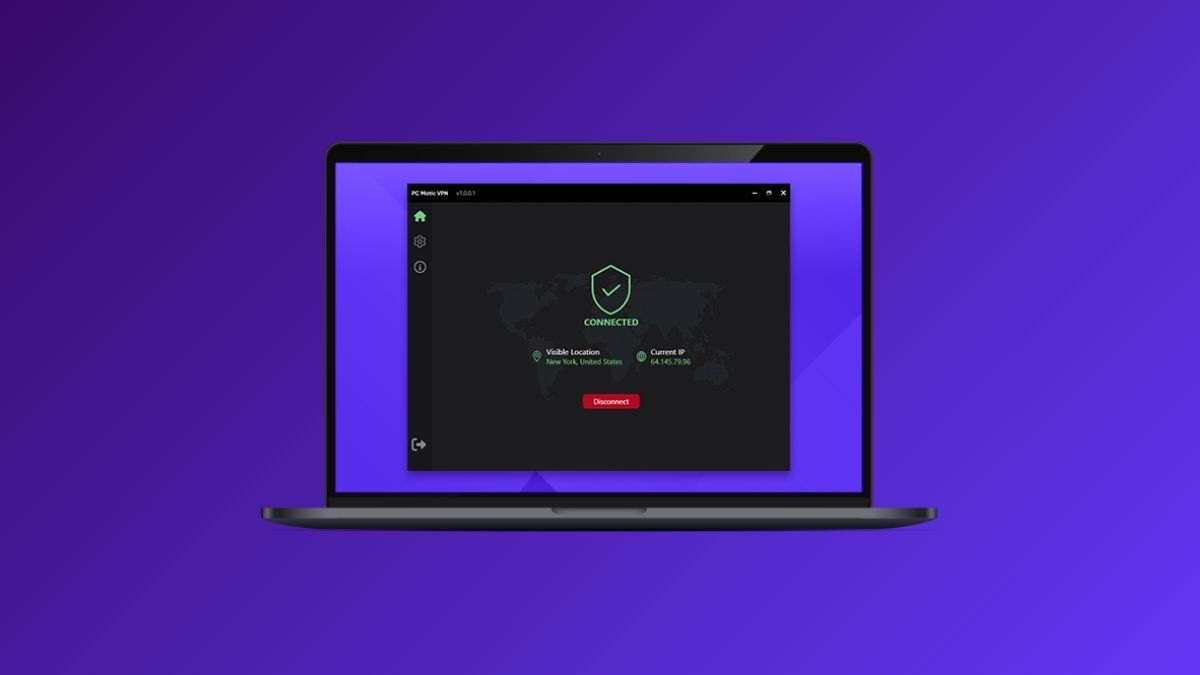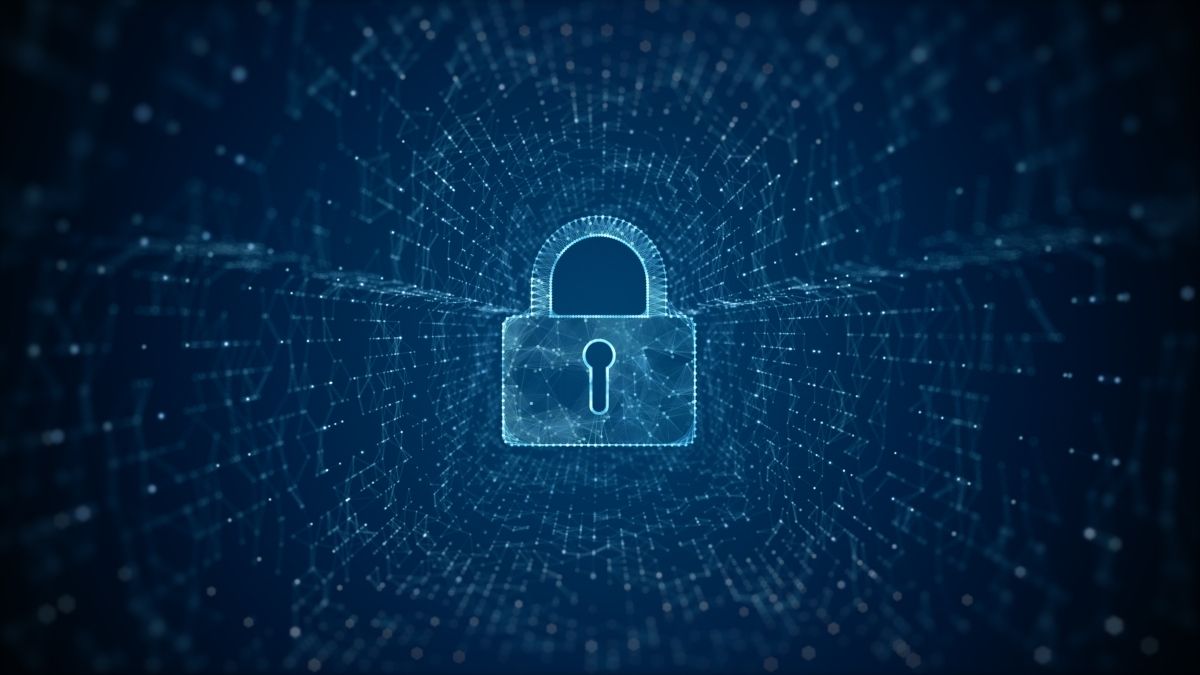The definition of insanity is doing the same thing over and over and expecting a different result. My question to IT decision makers is, what proactive means are now in place to prevent your business from falling victim to cyber crime? The keyword being proactive.
EDR is Not Enough
We hear a lot about endpoint detection and response (EDR.) Whether it is speaking with industry analysis from global firms like Gartner and Forrester, or simply doing a competitive analysis. EDR is a hot topic. To be fair, the speed of detection and the proper response is important; however, it is not proactive. Think of EDR as the fire alarm. The bells and whistles don’t go off until there is already a blaze.
The primary goal of your security stack should be to prevent the fire in the first place. Take the matches away.
Complete Your Security Stack
America is facing a cybersecurity crisis. Ransomware infections are occurring every 11 seconds. Scammers have used the USPS to distribute their malicious scams, unknowingly. Sixty percent of small businesses hit by a cyber attack will close within six months. Cyber criminals continue to advance their methods, changing distribution methods, editing code to avoid malicious detection, and exploiting new vulnerabilities.
Staying one step ahead is nearly impossible, which is why adding a zero-trust solution is important. Notice the word adding. As mentioned above, EDR is important in the event an infection takes place. Backing up data is also key for best practices. Employee cybersecurity training is imperative to spot potential red flags. There is no need to stop all of this and shift solely to a default-deny approach. There is no need to rip and replace your entire cybersecurity infrastructure. Depending on the size of the business, that could take weeks and is not an efficient use of time. Instead, by adding a default-deny layer of security to your existing stack, the risk of falling victim to cyber crime is greatly reduced.
There Is A Hole
With your existing cybersecurity stack, think about everything it does. And what it doesn’t do. Does it ensure every program running is tested and known to be secure, or does it allow unknown programs to execute, as long as they haven’t been proven malicious? This is important to know. If your stack is allowing unknown programs to run, you will fall victim. Why? Because malicious code is changing by the second, and keeping up is impossible.
But what if a hacker injects malicious software into a tested and proven safe program? Isn’t that a risk, even with whitelisting? No. When that happens, the file changes and is no longer a “known, safe program” and would go through the testing phase again.
PC Matic’s Layered Approach
PC Matic Pro utilizes an automated global whitelist to determine what applications are allowed to run on every endpoint and server it is installed on. By automating the whitelist, IT professionals do not have to manage the functionality of the software. Additionally, by having a global whitelisting already in place, IT staff is not tasked with creating their own whitelist from the ground up.
PC Matic currently has tens of thousands of endpoints successfully running its automated whitelist in conjunction with other cybersecurity solutions.




